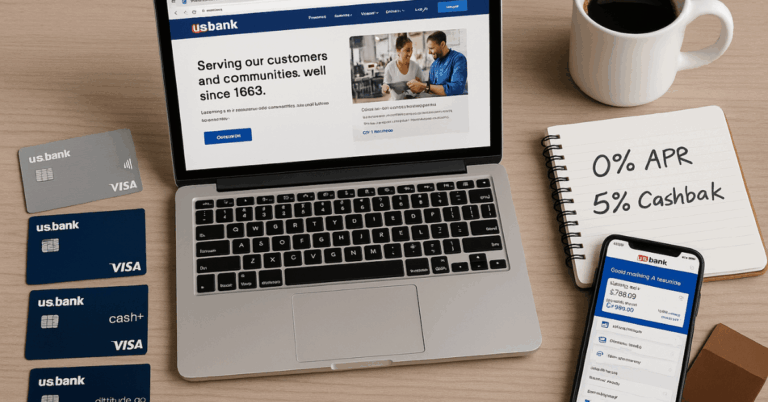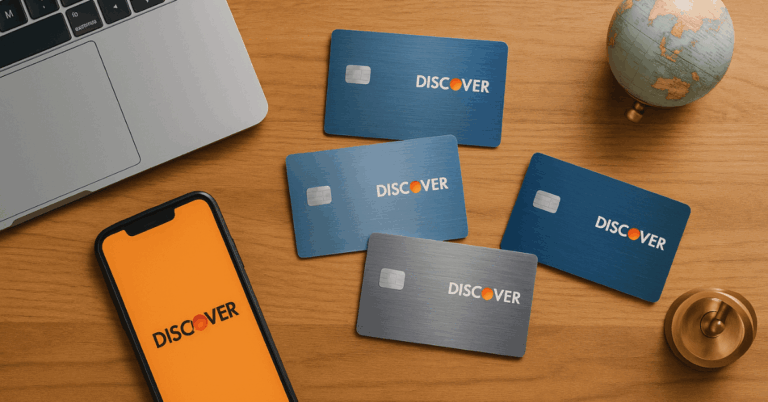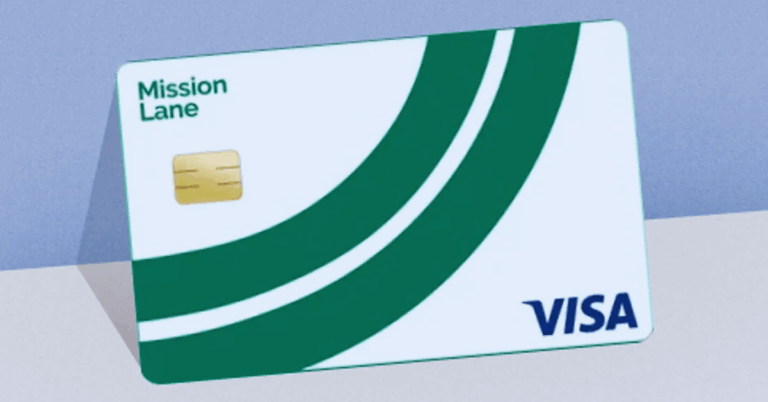Getting a stable job can change your life. Full-time jobs in the United States offer long-term benefits like steady income, health insurance, and legal work status.
This article will guide you through the application process from start to finish. It’s made to help you take clear steps toward lasting success.
Why Full-Time Work Matters in the U.S.?
Full-time jobs offer more than just a paycheck. You get steady work, access to health benefits, and stronger legal protection.
Many roles include paid time off and long-term growth. It also improves your chances for visa sponsorship or permanent residency.
Full-time work helps you build a clear and stable path forward. That’s why it’s a smart goal for anyone planning to stay long-term.
What You Should Know About Full-Time Jobs in the U.S.?
Knowing how full-time jobs work helps you avoid surprises. Here’s what you should understand before applying.
What Is Considered Full-Time?
Full-time work usually means 35 to 40 hours per week. It’s often a set schedule with fixed duties.
Employers must follow labor laws tied to full-time roles. These jobs often come with full benefits.
Types of Work Contracts
There are different types of work contracts in the U.S. Here are the most common ones:
- W-2 Employees: You work for one company, get a regular paycheck, and they handle your taxes.
- Independent Contractors (1099): You work for yourself, pay your own taxes, and don’t get benefits.
- Temporary/Agency Roles: A staffing agency places you in short-term jobs; rules vary by agency.
- Interns or Apprentices: These are training roles that may be unpaid or low-paid.
Legal Rights You Should Know
You have legal rights in most full-time jobs. These include overtime pay, safe working conditions, and leave under the Family and Medical Leave Act (FMLA).
If a company violates these, you can file a complaint. These laws protect both citizens and legal workers.
What Employers Expect From You?
Most employers expect on-time attendance, good communication, and following rules. You’re also expected to follow company policies.
Being respectful and reliable goes a long way. U.S. workplaces value independence and productivity.
How to Prepare for the U.S. Job Market?
You need to get a few things ready before applying. These steps will help you start strong.
Essential Documents to Prepare
To apply for most jobs, prepare the following:
- Resume – Clear and updated with your latest skills and work history
- Cover Letter – A short note explaining why you fit the role
- Valid ID or Work Authorization – Passport, visa, or green card
- References – Contact details of past managers or colleagues
How to Adjust Your Resume for U.S. Jobs?
Use a clear format with bullet points. Focus on results, not just duties. Remove personal info like photo, age, or marital status. Keep it to one page if possible.
Why LinkedIn and Online Profiles Matter?
Having a strong LinkedIn profile boosts your chances. Many employers check it before calling.
Use the same info as your resume. Make your profile public and add connections.
Do You Need Certifications or Licenses?
Some jobs need extra papers or credentials. For example, nurses need U.S. state licenses.
Tech roles may want certificates like CompTIA or AWS. Always check if your field requires them.
Best Places to Find Full-Time Jobs
You need to know where to look. These are the best ways to find real opportunities.
Top U.S. Job Websites
These websites list thousands of jobs daily:
- Indeed – Easy to search and apply
- Glassdoor – Shows salaries and reviews
- LinkedIn Jobs – Good for networking
- USAJobs – U.S. government jobs
They let you apply online and set job alerts.
Company Career Pages
Many companies post jobs directly on their career websites. Go to the company’s homepage and look for “Careers” or “Jobs.”
These pages often list open roles and application steps. You may get better results applying this way.
How Networking Helps You Get Hired?
Networking helps you find hidden job openings. Join career fairs, online groups, or ask past schoolmates.
Some jobs are filled without being posted. A quick referral can get your foot in the door.
Working With Recruiters and Agencies
Staffing agencies help you find jobs faster. They connect you with employers in your field.
Some focus on tech, healthcare, or office work. Examples include Robert Half, Adecco, and Randstad.
The Application Process
To get hired, you need to follow the right steps. Here’s what you should do during the application process:
- Read and understand job postings: Focus on the requirements, tasks, and location. Look for keywords like “must-have” or “preferred.”
- Submit your applications online: Use sites like Indeed, LinkedIn, or Glassdoor. Fill out all fields and upload your resume and cover letter.
- Write a strong cover letter: Keep it short and direct. Explain why you’re a good fit for the job and mention key skills from the posting.
- Follow up after submission: Wait 5–7 days, then send a polite email to ask about the status. This shows interest and effort.
Interview Preparation
Once you’re invited to an interview, being ready is key. These steps help you prepare:
- Know the format: It could be a phone call, a video meeting, or an in-person interview. Each one has a different feel.
- Practice common U.S. questions: Prepare answers for “Tell me about yourself” or “What are your strengths?”
- Research the company: Visit their website and read about their values, services, and culture.
- Ask good questions: At the end, ask about training, work culture, or the team. It shows you’re serious.
Visa and Work Authorization – For Non-Citizens
If you’re not a U.S. citizen, you need to understand the legal steps. Here’s what to know:
- Know the common visa types: These include H-1B, OPT, TN, and L-1. Each has its own rules.
- Learn employer sponsorship basics: Not all companies offer it. Ask early in the hiring process.
- Understand Form I-9: Employers use this to verify your work eligibility. Be ready to present documents.
- Explain your status clearly: Keep your explanation short and honest. Focus on what you’re allowed to do now.
Salary Expectations and Negotiation
Understanding your value helps you earn fairly. Use these points when talking about pay:
- Check average salaries: Use tools like Glassdoor Salaries or the BLS website. Look by job title and location.
- Know when to bring it up: Wait until the interview or job offer. Don’t mention salary too early.
- Be ready to negotiate: Ask for a number that’s fair based on skills and market rate. Be polite and clear.
- Understand what’s included: Total pay may include bonuses, health plans, and retirement matching.
Employee Benefits
Benefits matter as much as salary. Here are the main types you should check for:
- Health insurance: Most full-time jobs include medical, dental, and vision plans. Ask about coverage details.
- Paid time off and sick leave: U.S. jobs usually offer 10–15 days of paid leave per year. Sick days may be separate.
- Retirement plans: Common options include 401(k) or IRA. Some employers match your savings.
- Bonuses and extras: Look for things like stock options, performance bonuses, or gym memberships.
Final Take: What You Should Know Before You Apply?
Getting full-time jobs in USA takes planning and patience. You need to prepare the right documents, understand how hiring works, and stay active in your search.
Focus on long-term goals like stability, benefits, and legal work status. Each step brings you closer to a steady future with real opportunity.











